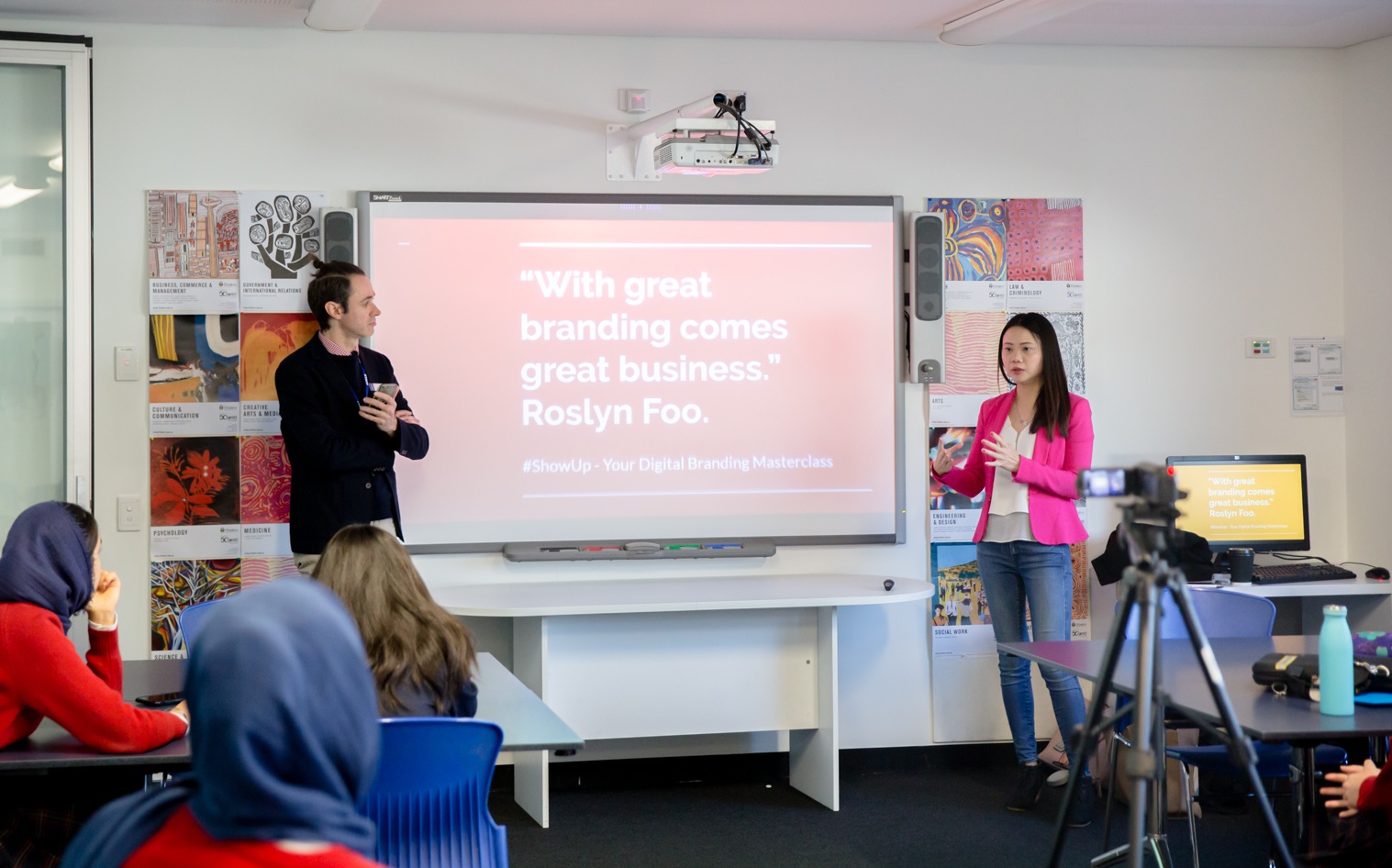
A scroll-stopping hook isn’t about clever wordplay or marketing tricks. It’s about when someone stops because your words spoke directly to them.
On an average day, we’re bombarded with over 5,000 marketing messages daily (Marketing Institute of Australia, 2025). Sounds crazy, right? Well, as marketers and content creators, we must understand how to create hooks that make people stop scrolling. The truth is, the difference between content that captures attention and content that disappears often comes down to those first few words.
Let’s explore six hook strategies that are proving effective in 2025, backed by real examples and practical templates you can adapt for your own content.
The Psychology Behind Hooks That Make People Stop Scrolling
According to the latest Digital Consumer Behaviour Report (Neilsen, 2025), the average attention span on social media has dropped to 0.6 seconds. That’s all the time you have to make an impression. But here’s the interesting part – when content does capture attention, engagement time has actually increased by 47% compared to 2024. Why? Because people aren’t just scrolling mindlessly. They’re searching for content that:
- Speaks directly to their experiences
- Promises genuine value
- Feels refreshingly authentic
- Delivers unexpected insights
Let’s break down six hook strategies that achieve exactly that.
1. The Curiosity Gap Hook
Why it works: Our brains are wired to seek completion. When we encounter an information gap between what we know and what we want to know, we’re compelled to fill it. The key is creating a gap that feels both intriguing and credible.
Real Example:
A content creator in the sustainability space used this hook: “The ‘wasteful’ habit that’s actually saving the planet.” The post explored how occasionally using disposable items can lead to better long-term environmental outcomes. The hook worked because it challenged assumptions while promising evidence-based insights.
Templates:
- “The ‘unprofessional’ email that landed 5 clients”
- “Why your best-performing content might be hurting your brand”
- “The counterintuitive way to [desired outcome]”
Where to use it:
- Email subject lines (47% higher open rates when using curiosity gaps, according to Campaign Monitor 2025)
- Blog titles
- Social media post openings

2. The Before/After Hook
Why it works: Humans are naturally drawn to transformation stories. They help us visualise possibility and create emotional connection. The key is being specific about both the starting point and the outcome.
Real Example:
A small business coach opened her LinkedIn post with: “From 3 discovery calls a month to 15 – without spending more on ads.” The hook worked because it provided specific numbers and addressed a common pain point (wanting more leads without increasing ad spend).
Templates:
- “From [low number] to [high number] without [common method]”
- “How I went from [pain point] to [solution] in [timeframe]”
- “They said [limiting belief]. Here’s what happened next…”
Best for:
- Case studies
- Video content
- Email newsletters
3. The Pattern Interrupt Hook
Why it works: In a sea of sameness, pattern interrupts snap people out of autopilot scrolling. They challenge conventional wisdom and promise fresh perspectives.
Real Example:
A productivity coach opened her blog with: “Stop making to-do lists. They’re making you less productive.” The post then explained how traditional to-do lists can actually hamper productivity and offered an alternative system.
Templates:
- “Stop writing captions. Start telling stories.”
- “Your marketing strategy is backwards (here’s why)”
- “Everything you know about [topic] is wrong”
Ideal platforms:
- Blog headlines
- LinkedIn posts
- Instagram carousel openings
4. The Problem-Solution Hook
Why it works: According to the Content Marketing Institute (2025), content that directly addresses specific pain points sees 78% higher engagement rates. The key is naming the problem in a way that creates immediate recognition.
Real Example:
A business strategist opened her newsletter with: “Tired of creating content that disappears into the void? Here’s what happened when I stopped following ‘best practices’ and started doing this instead…”
Templates:
- “Tired of [problem]? Here’s the [industry] secret nobody shares”
- “Still [struggling]? This [solution] takes [short time]”
- “How to [desired outcome] without [common obstacle]”
Perfect for:
- Email subject lines
- Blog introductions
- Social media captions
5. The Reverse Psychology Hook
Why it works: The principle of psychological reactance shows that people are more likely to want something when they’re told it might not be for them. It creates exclusivity and qualifies your audience simultaneously.
Real Example:
A business mentor used this hook for a workshop announcement: “This workshop isn’t for everyone. If you’re looking for quick fixes or overnight success, please don’t sign up.” The result? Their highest-quality leads to date.
Templates:
- “Don’t read this unless you’re serious about [outcome]”
- “This [solution] isn’t for everyone (and that’s okay)”
- “Why you probably shouldn’t [take action] right now”
Works best in:
- Sales pages
- Launch emails
- Social proof posts
6. The Social Proof Hook
Why it works: Social proof remains one of the most powerful persuasion principles. According to the latest Consumer Trust Index (2025), 83% of consumers trust recommendations and real results over marketing claims.
Real Example:
A business coach opened her case study with: “How three service-based businesses doubled their revenue while working fewer hours – a behind-the-scenes look at what actually worked.”
Templates:
- “How 3 busy mums built 6-figure businesses without sacrificing family time”
- “What 100 successful launches taught me about [topic]”
- “The strategy 7-figure businesses are using right now”
Particularly effective for:
- Case studies
- Testimonial posts
- Launch content
The Key to Writing Hooks That Make People Stop Scrolling
Remember: A hook is a promise to your reader. The content that follows must deliver on that promise. According to the latest Content Engagement Report (HubSpot, 2025), content that aligns with its hook sees 312% higher completion rates.As you craft your hooks:
- Be specific rather than clever
- Promise what you can actually deliver
- Speak to one person, not everyone
- Use data to support your claims
- Keep it authentic to your voice

Your Next Steps to Crafting Scroll-stopping Hooks
Choose one hook type that resonates with your content style. Write five variations. Test them on your audience. Pay attention to which ones create genuine engagement – not just clicks, but meaningful interactions. Because at the end of the day, the best hook isn’t the one that tricks people into clicking. It’s the one that helps the right people find exactly what they need.
What’s your experience with these hook strategies? I’d love to hear which ones resonate most with your audience.
Ready to dive deeper into marketing that creates momentum in business? Let’s work together to develop a strategic approach for your brand. Book a marketing strategy session here.
Happy marketing,





